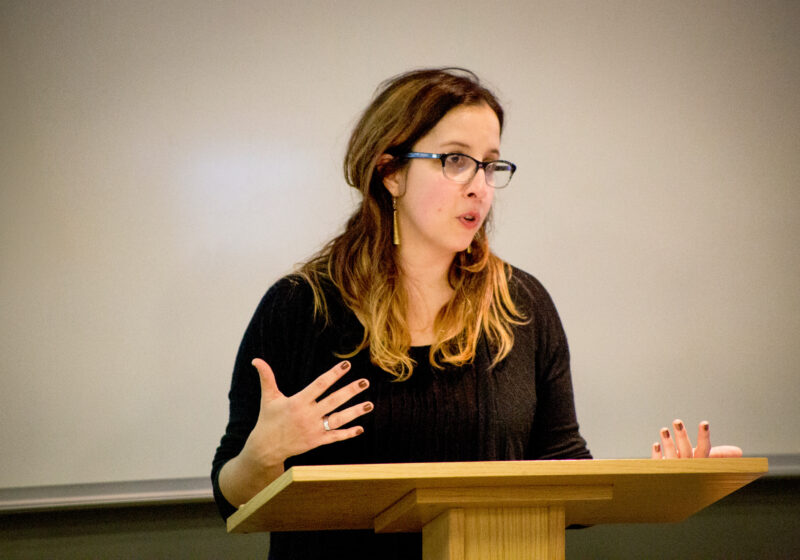The UR Medical Center was recently awarded what is believed to be the largest National Institute of Health grant ever awarded to UR.
“The basic goal of the project is to develop agents that could be used to reduce the effects of a radiological incident ‘dirty bomb,'” Professor of Pediatrics, Environmental Medicine and Radiation Oncology and the project’s Co-Principal Investigator Jacob N. Finkelstein said.
Medical Center researchers have established the Center for Biophysical Assessment and Risk Management Following Irradiation. The purpose of the center is to find ways of measuring radiation exposure, treating the effects of radiation and predicting the long-term effects of exposure to low levels of radioactive particles.
“In order to [develop treatments] effectively, we first need to be able to determine what dose of radioactivity someone was exposed to,” Finkelstein said. “We have three projects working on different but related approaches to finding a ‘biological dosimeter,’ that is some marker that would inform a physician of the exposed dose.”
Continuing, he said, “This is a complicated question in part because we must consider the likely event that the exposure will come from inhalation of radioactive dust instead of the usual external radiation. We therefore have a project that proposes to model this inhalational exposure. This takes advantage of the long history and international expertise at UR in the area of inhalation and pulmonary toxicology.”
The work will fill a hole in responses to weapons of mass destruction, as vaccines and antibiotics have been developed for chemical and biological weapons, but not yet for radiological attacks.
Researchers hope their work will fill the gap in weapons of mass destruction response. Once the capability to detect radiation exposure levels in humans and predict the long term effects is in place.
“We will test various novel drugs and biologicals to see if they can prevent toxicity after radiation exposure,” Finkelstein said.
The project at the Center for Biophysical Assessment and Risk Management Following Irradiation at the Medical Center is in collaboration with six similar NIH funded centers, including Dartmouth Medical School, the University Health Network in Toronto, Canada and Brookhaven National Laboratory.
Grant money will be spent on five components of the plan. Each component examines a different aspect of measuring the body’s response to radiation, be it inhaled, on the skin or in the blood, finding ways of identifying long term risks and finding treatment options.
While funding for the project is extended over five years, many of the researchers have been conducting work in the field for over 20 years.
“I began focusing on the effects of radiation used for cancer therapy on normal tissue. Essentially, the side effects of cancer treatment,” Finkelstein said. “We have been funded by the NIH for this work for essentially that entire time. What we’ve learned from those studies will be applied on a broader scale with potentially global implications. As we develop these drugs, we will be able to better understand the toxicity of these processes and provide even better treatments.”
Bruml can be reached at abruml@campustimes.org.


